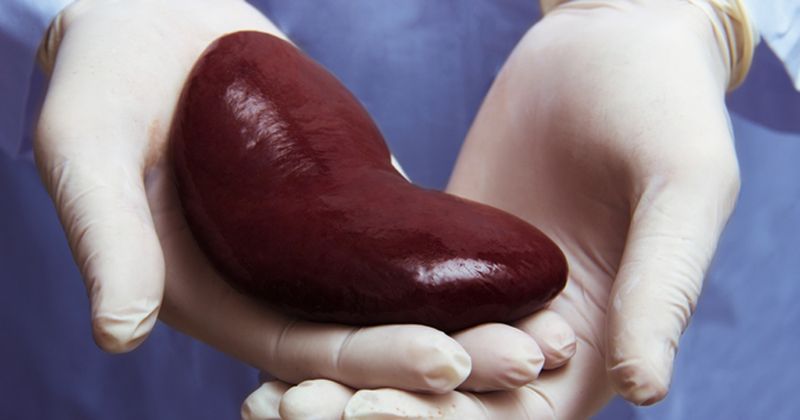Nonlinear eGFR decline more likely for African Caribbean adults with type 2 diabetes
Click Here to Manage Email Alerts
African Caribbean adults and those with a high HbA1c are more likely to have a nonlinear decline in kidney function that increases progression of end-stage renal disease in type 2 diabetes, according to study data.
“We studied an ethnically diverse cohort with nearly half of our patients being of African Caribbean origin who are at higher risk of progressing to ESRD compared to other ethnicities,” Stanimir I. Stoilov, BSc, a former research placement at Guy’s and St Thomas’ NHS Foundation Trust and graduate-entry medical study at the University of Warwick, U.K., and colleagues wrote in a study published in the Journal of Diabetes and Its Complications. “Our observation that African Caribbean diabetic kidney disease patients are more likely to follow a nonlinear, accelerating estimated glomerular filtration rate trajectory is consistent with the findings of the African American Study of Kidney Disease and Hypertension (ASSK) trial, which did not include patients with diabetes, but observed that nonlinear trajectories were more prevalent in this ethnic group.”

Researchers analyzed data from electronic medical records of 398 people with type 2 diabetes and diabetic kidney disease with a baseline eGFR of 30 mL/min/1.73 m2 or greater attending a single center from 2004 to 2018. Demographics, diabetes and comorbidity history, medication use, biochemistry, blood pressure and anthropometry data were collected. A generalized additive model was used to determine linearity of eGFR.
Of the study population, 46.5% were of African Caribbean origin, and more than 90% had elevated albuminuria levels and documented diabetic retinopathy. ESRD occurred in 71 of the 398 participants during a median 7 years of follow-up.
Of those who had ESRD, 29 had a linear trajectory of eGFR decline and 42 had a nonlinear trajectory. Those with a nonlinear trajectory were further classified into three categories: an accelerator trajectory with a stable decline in renal function loss followed by an accelerating eGFR drop (n = 16), a decelerator trajectory with a stable decline followed by a decrease in eGFR drop (n = 9) and a stepwise trajectory with no clear pattern or where eGFR fell and rose unpredictably (n = 17).
African Caribbean participants had significantly increased odds for an accelerator trajectory of eGFR decline independent of traditional risk factors, including baseline BP, eGFR and albuminuria (OR = 10.6; 95% CI, 2.14-52.7; P < .001). Adults with a higher HbA1c had an increased likelihood for a stepwise eGFR trajectory (OR = 1.15; 95% CI, 1.03-1.3; P = .02).
“These findings are a guiding point for future work, which should focus on establishing robust methods for predicting eGFR decline based on early trajectories and associated risk factors, thus enabling individualized care for those at highest risk of rapid progression to ESRD,” the researchers wrote.

